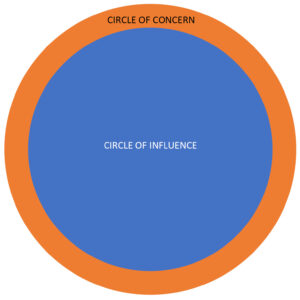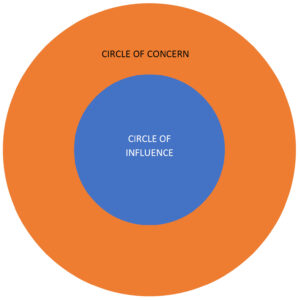Most of the time my posts are either quotes that truly struck a chord with me, or articles about a marketing topic that I believe might benefit others that I’ve spent several hours writing and rewriting before I publish. This is not either of those. This post is much more organic with less polishing so I apologize in advance for any potential misspellings or grammatic errors.
We’ve likely all heard the expression I used as the title for this post, but a recent experience has left me with a new understanding of the truth behind that statement. Anyone reading this likely shares the feeling that there are rarely enough hours in the day to get everything done, which tends to create scenarios whereby we define a project based on our responsibilities rather than the end goal. For example, as a marketer my primary role is patient flow and communication. The goal of proper patient flow and communication is to maintain a healthy flow of new patients to the practices, and maintain a strong connection with new and existing patients. Everything outside of that primary goal is something that usually resides in someone else’s circle of influence. I’ve operated under this premise for the better part of my career, and the irony is that as a quote junky, I can’t tell you how many business quotes I’ve recently noticed that actually reinforce this type of mentality. I’ve listed a few examples below.
“Don’t let your food get cold by worrying about what’s on someone else’s plate”
“Stay in your own swim lane”
“I’m too busy working on my own grass to notice if yours in greener”
The moment I slowed down I was able to see a much larger picture and speed up the results we were looking for. Let me explain.
I do not like to plan out my marketing campaigns one month at a time. Quite some time ago I learned that it was much more efficient to plan out at least one quarter at a time, so at the beginning of May I was reviewing preliminary QTD results. As I scoured through reports, KPIs, and trends I received an email from someone in a field office asking a question about a program that had been in place for months. My initial reaction was to simply chalk it up to someone who was not paying attention to what was going on around them, but as I read on I realized that there were some legitimate questions. Rather than simply replying, I called the office to talk through some of the questions they had and better understand what was happening.
The call led me down a rabbit hole of conference calls and meetings that ultimately gave me a stronger understanding of what was happening both BEFORE and AFTER the patient had walked through the door as a result of the marketing campaign. The dialogue that stemmed from that one email ultimately resulted in an increase in call conversion rates, decreases in patient “no-shows”, and an increase in treatment acceptance. All without spending one additional marketing dollar, or changing one piece of collateral.
Years ago, I read “The Seven Habits of Highly Effective People” by Stephen Covey where he discusses the difference between your Circle of Influence and your Circle of Concern. I was able use some clip art to demonstrate the principle.
By getting more involved and better understanding the operational processes that impacted the effectiveness of the marketing campaign, we were able to positively impact the patient experience and bottom line. The key for me was to expand my circle of influence by working with others towards a solution and common goal rather than pushing my own agenda. This was a very enlightening experience for me, and I am not currently applying some of the things I learned about the processes to other offices and regions.




